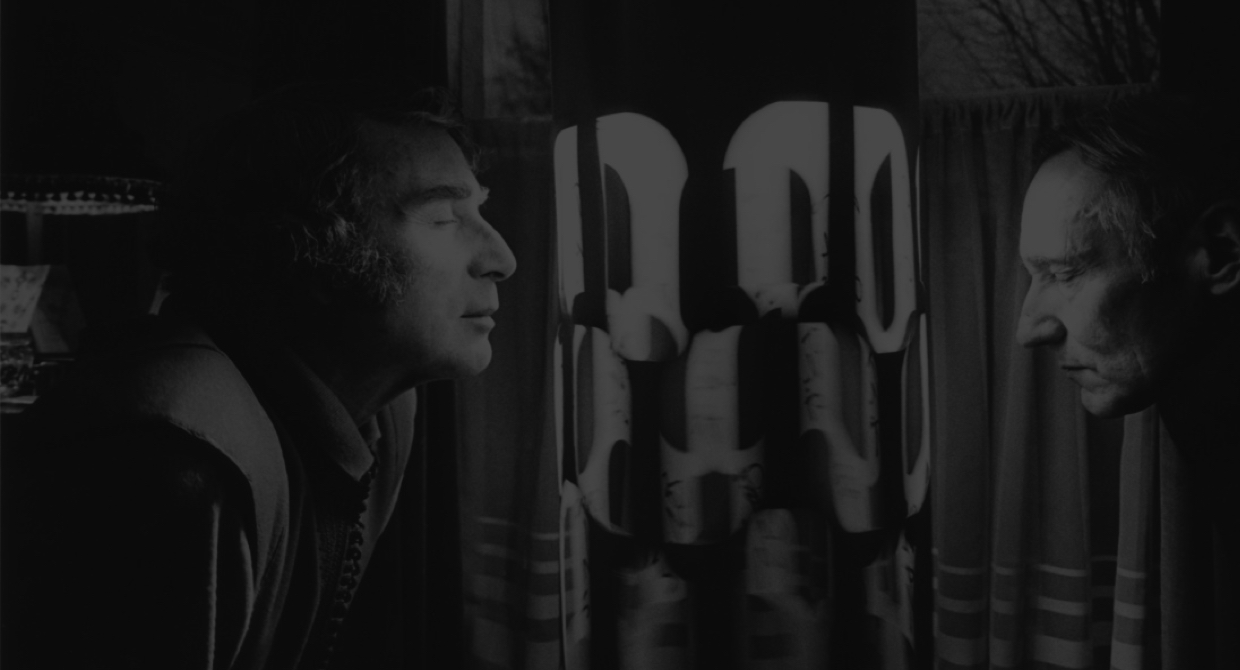The use of flickering light can be traced back to ancient civilizations when humans would congregate around fires and peer into the shimmers. Shamans and mystics often used images provoked from fire to strengthen visionary power. Many believed the flickering lights to be paths or doorways to God. In 200 A.D. the Roman mathematician and astronomer Ptolemy spun a fanned wheel between the sun and his observers. Ptolemy sketched the patterns that emerged from people’s eyelids and noted that his subjects reported a state of peace and euphoria.
The French visionary Nostradamus also utilized flickering light to induce his psychic powers. There are legends that describe Nostradamus sitting inside a tower gazing directly into the sun while moving his fingers quickly over his eyelids. Czech physician and physiologist, Jan E. Purkinje conducted one of the first scientific investigations into the phenomenon.
In the 19th century Purkinje opened the world’s first physiology laboratory and is known for his vast contributions to neuroscience and physical health. Purkinje discovered the basic knowledge of optics. Purkinje also coined the term ’plasma’ and ‘protoplasm’ and discovered that fingerprints are unique.
In a similar experiment as Ptolemy, Purkinje observed photic stimulation when he sat in front of a spinning wheel positioned between himself and the sun. He noticed with his eyes closed that his focus concentrated and then recorded the patterns and structures that appeared behind his eyelids (Geiger, 2003).
Following in the footsteps of Purkinje was the neurophysiologist Dr. W. Grey Walter. Dr. Walter was a fierce explorer of the mind and in the 1930s he was a pioneer in the use of EEG (electroencephalograph) machine. Walter is also known as the Father of Artificial Intelligence. Walter published many of his findings and brought his thoughts to mainstream audiences through the publication of the book “The Living Brain.”
SCIENCE
In this book, Walter proposed that photic stimulation could modulate brain waves and produce geometric images consistent with Jungian archetypes behind a person’s eyelids. These moving geometric patterns were similar to watching a film passing. After an extensive study, he noted that brain frequencies were important investigations.
Walter concluded that flickering light could induce Alpha brain wave activity. He observed that the brain frequencies within the Alpha band dissipated when our brain was involved in purposeful activities and to do lists. Walter suggested that frequencies within the Alpha frequency could dissolve physiological barriers between brain regions. According to Walter (1953), “The flash rate could be changed quickly by turning a knob and at certain frequencies the rhythmic series of flashes appeared to be breaking down some of the physiological barriers between different regions of the brain. This meant that the stimulus of the flicker received in the visual projection area of the cortex was breaking balance; its ripples were overflowing into other areas.”
ART
One day artist Brion Gysin was traveling on a bus with his eyes closed and he noticed flickering sunlight dancing within a grove of trees. He was overcome by beautiful visions and sensations. In 1960s, Walter’s book “The Living Brain” was passing between scholars, artists and writers. Brion Gysin, an artist, poet and writer, was inspired after reading Walter’s findings. This experience combined with Walter’s findings fueled his desire to replicate the experience.
Gysin began working in collaboration with Ian Somerville, a Cambridge University mathematics student. A combination of artistic ingenuity, minimal resources and fierce intellect coalesced in the invention of the Dreamachine. The Dreamachine’s components consisted of a cylinder with mathematically designed slots based upon Sufic geometry, a hanging light bulb, and a 78-rpm turntable.
The turntable and the cylinder were stuck together, while a light bulb was suspended from the ceiling and placed into the center of the cylinder. When the turntable begins to rotate at 78 rpm, pulses of light flash in the frequencies of 8 to 13 pulses per second. Gysin’s life’s work with Dreamachine is noted as assisting in his development of literary devices such as the cut-up technique, writing poetry and extending the limits of calligraphy.
The word spread about the invention of this machine within the worldwide artistic community and many have described it as a mental television. The use of this machine caught on within the circuit of musicians and many artists.
Notable artists Brian Jones, Paul McCartney, Kurt Cobain, Allen Ginsberg and William S. Burroughs utilized the machine to accelerate their creative potential (Geiger, 2003).

